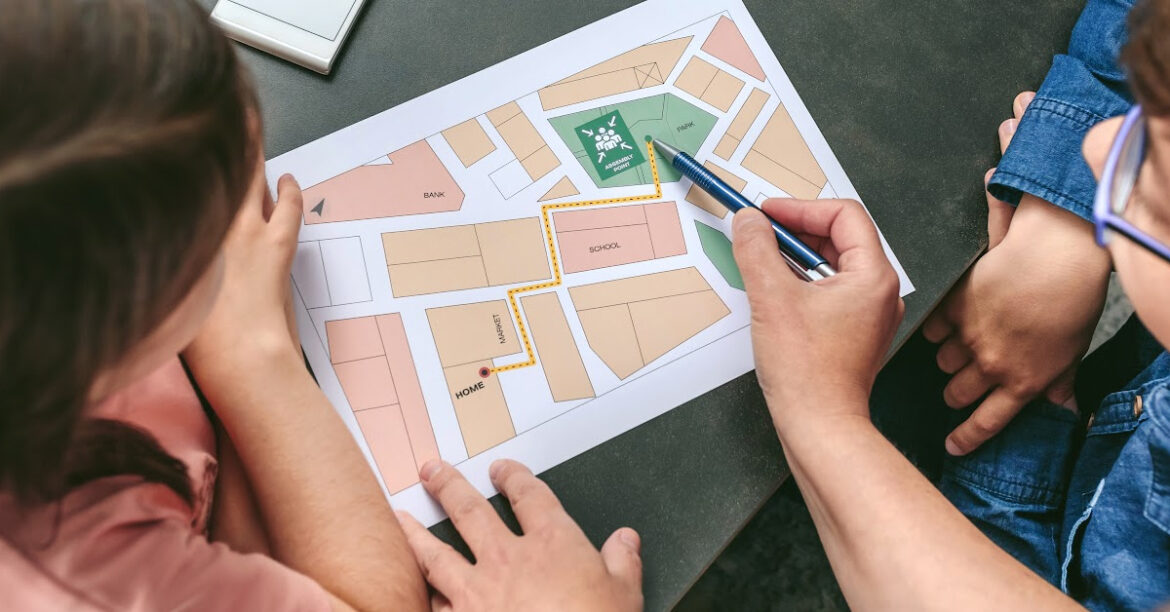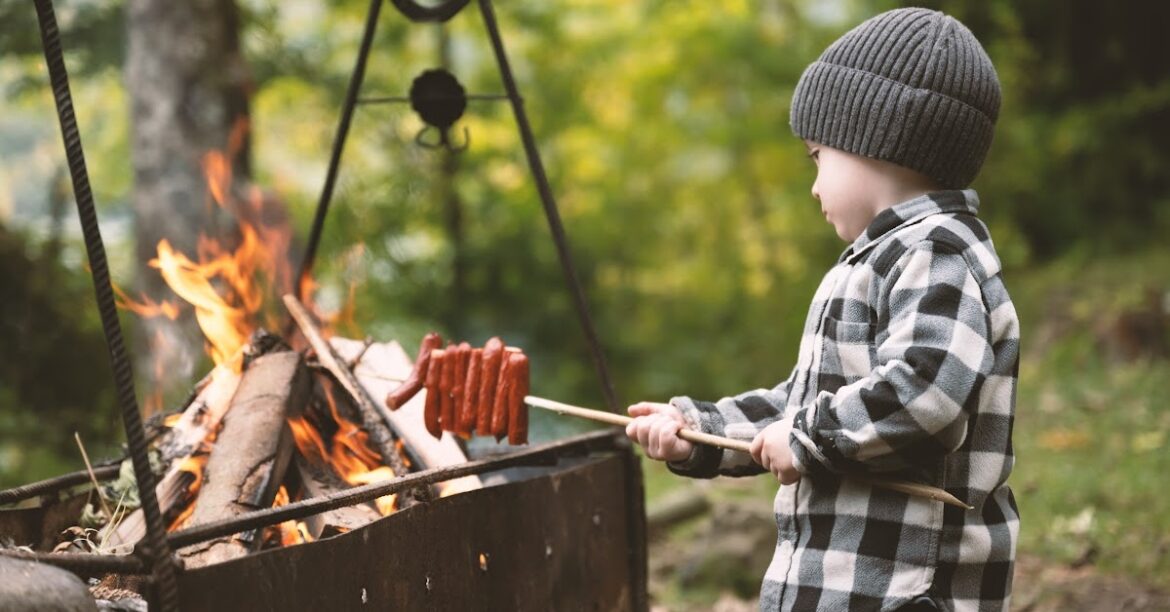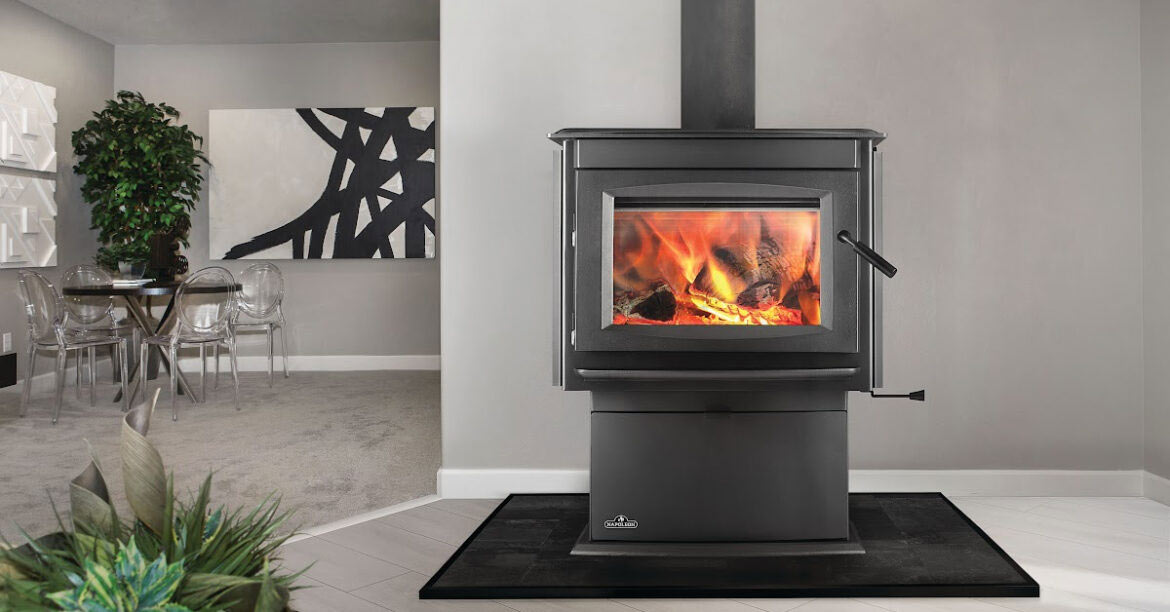The fireplace is the focal point of your living room, and the fireplace glass is the window to help you thoroughly enjoy the ambiance of the flames. Here’s what you should know about keeping your fireplace glass clean.
SAY GOODBYE TO DIRTY FIREPLACE GLASS: CAUSES AND QUICK FIXES:
Fireplace glass maintenance is slightly different for gas vs. wood-burning fireplaces, stoves, or inserts. So, let’s separately discuss each fuel type:
GAS FIREPLACES:
You click the remote on your gas fireplace, and by the time you nestle into your favorite chair, small water droplets are forming inside the glass. Condensation on the inside of the glass on a gas fireplace is quite common and nothing to be too concerned about. It can be a bit irritating, but nothing on the fireplace will be damaged.
Moisture forms on the inside of the glass on your gas fireplace, free-standing gas stove, or fireplace insert due to a quick temperature change. When the fireplace is off, the temperature inside the fireplace is very similar to the temperature in the room. But turn the fireplace on, and the heat quickly warms the air inside the fireplace.
Warmer air has more moisture than cooler air. One of the by-products of combustion is water vapor. As the water vapor in the warming air comes in contact with the cooler glass surface, condensation forms on the inside of the glass. As the inside of the fireplace gets hotter, the steel, refractory, and logs in the fireplace begin to heat up, and the condensation will begin to evaporate, and the glass will clear itself.
Interesting stuff, right? But what about that foggy white film that slowly builds up on the inside of the glass? This is a different story.
By-products from the combustion process, including sulfur, can accumulate with the condensation on the glass. If ignored over time, these deposits will build up and form a white, acidic film on the inside of the glass. You will need to remove this periodically.
If the air/fuel adjustment is not set correctly on a gas fireplace, black soot will quickly build up on the glass and can accumulate on the logs as well. This adjustment is best left to a fireplace professional.
WOOD-BURNING FIREPLACES:
With wood-burning equipment, soot and creosote building up on fireplace glass usually has to do with the fuel supply and poor burning practices. Always burn dry, seasoned wood. Dry wood burns more completely and with fewer by-products. Greenwood has a much higher moisture content and creates considerably more smoke. This smoke leads directly to creosote forming, not only on the fireplace glass and inside the appliance but also in the chimney.
Soot is a result of incomplete combustion. Tiny soot particles occur when molecules from the smoke are heated to high temperatures. Strong chemical bonds will hold and attach these particles to surfaces like fireplace glass.
YOUR FAST TRACK TO CLEAN FIREPLACE GLASS:
For crystal-clear fireplace glass, inexpensive products are available, depending on whether you’re burning wood or have a gas fireplace.
The first thing you’ll want to do is determine if cleaning the inside of the glass is a project you want to tackle. If the answer is “no,” visit our website to find your nearest WE LOVE FIRE® dealer. However, if this is something that you’re okay doing yourself, just plan a trip to our showroom. Dealers keep glass cleaners in stock. One type is designed for gas appliances, and another is for wood-burning appliances.
Do not use a regular window cleaner or spray. The correct cleaner for gas or wood-burning is not particularly expensive, so spend the money on the correct product. Depending on the size of the bottle, it’s only $10 – $20, and it will make this job considerably easier. It doesn’t take much, so a bottle will likely last four or five years!
GAS FIREPLACES:
The glass on your gas fireplace can be removed. Each model is a little different, so dig out your owner’s manual for the correct procedure on how to detach it. Typically, some clips or spring-loaded clamps allow it to be quickly removed. Be careful not to bump the logs once the glass is off. (Side bar: never rearrange or reorganize the logs on your gas fireplace. There are very specific positions the logs must be in when the fireplace is operating.)
Never try to clean hot glass. Make sure the glass is cold. You’ll want to put the glass from your gas fireplace on an old towel on the floor. The glass and frame are large, so be careful while cleaning it.
Next, follow the directions on the cleaner. Most glass cleaners for gas fireplaces come as a semi-paste, similar to car wax. Read and follow the directions. But basically, it’s: rub it on and polish it off with a clean, soft rag.
The cleaner also provides a fine silicone film that prevents soot and creosote deposits from sticking to the glass.
WOOD-BURNING FIREPLACES:
The glass door on your wood-burning stove, insert, or fireplace can be swung wide open for cleaning purposes. Clean the glass before building a fire, but never clean hot glass.
For wood-burning appliances, open the door and put down a drop cloth, rags, or newspapers under it. Most wood-burning glass cleaners come in a spray bottle. Soot removal on fireplace glass can be a bit messy. Often, the cleaner will run down the glass and drip onto the floor. Be sure to protect the floor or hearth by covering it. Follow the directions on the bottle. Basically, spray it on and wipe it off.
Keep the glass clean on your wood-burning stove or fireplace with a hot fire, using only well-seasoned wood. People often find that on EPA-certified wood-burning appliances, glass that’s a bit dirty from long overnight burns will clean itself when they add more air to the firebox and increase the temperature.
EXTRA TIPS:
The glass in your fireplace is not like the glass in the windows of your home or your vehicle. Fireplaces will have tempered glass or ceramic glass. Both take high temperatures. However, ceramic glass is much more resistant to higher temperatures and quick thermal changes. It is also stronger than a tempered glass of the same thickness.
Today, manufacturers equip most gas models with ceramic glass, which can handle temperature up to 1,000°F. Manufacturers usually make bi-fold doors on wood-burning fireplaces with tempered glass.
It doesn’t matter what kind of glass you’re cleaning. Both types of glass will get dirty, and they will break if you’re not careful. Tempered glass is less expensive than ceramic. The ceramic glass on a stove or fireplace can easily cost $300-$400 to replace, so easy does it!
And speaking of expensive ceramic glass, never take a razor blade to it. Ceramic glass has a microscopic coating of polycrystalline structures. A razor blade can actually get under this coating and remove it or cause it to peel or chip. Please use the cleaner per directions, and leave the single-edged razor blade in your toolbox or junk drawer!
One last tip: periodically inspect the gasket material on your gas fireplace glass and on your wood-burning fireplace, stove, or insert. Most gaskets last a long time, but damaged or worn gaskets can affect airflow and clean glass, so keep an eye on them.
KEEP YOUR FIREPLACE GLASS SPARKLING:
Clear fireplace glass enhances the look of the flames and embers. Once you have your fireplace glass spotless, keeping it looking good is easier if you follow a few simple tips.
GAS FIREPLACES:
In a gas fireplace, stove, or insert, the inside of the glass will get dirty over time. Soot and small particles from combustion will begin to accumulate on the glass. Odds are, you won’t even notice it until you remove the glass and clean it! Just use the right gas fireplace cleaner, buff it out, and you’ll be impressed!
It’s like the inside of your car’s windshield. You don’t notice how dirty it is until you clean it and find a fine film on the inside. And then, presto! You appreciate how clean glass improves your vision while driving. Just like how you’ll appreciate that crystal-clear fireplace glass!
WOOD-BURNING FIREPLACES:
Here are half a dozen easy tips to use after you’ve cleaned the glass on your wood-burning fireplace, stove, or insert:
- Smoke is Your Ally! Did you know that smoke is unburned fuel? Today, new wood-burning appliances use a “reburn” system that burns all the fuel, including the smoke. As a bonus, with proper burning practices, you’ll have more heat (greater efficiency) in your house and little smoke or creosote deposits in your chimney.
- Burn the Right Kind of Wood. Dry wood is critical! Recently cut wood that has not been split, and stacked to let dry for several months will generate a lot of smoke and creosote. Both lead to dirty glass. If unsure, inexpensive wood moisture meters are readily available online and at big box stores. The moisture content of the wood you burn should be below 25%.
- Get Your Fires Hot! Start your fire with dry, small kindling and gradually add bigger pieces. Small, hot fires burn wood more completely, reducing soot and improving efficiency. This also gives you more heat from your fuel. Hot fires keep glass cleaner.
- Airflow Is Your Friend! Ensure your air control is open, especially when starting a new fire or adding wood. Most new wood stoves and fireplaces have an ‘air wash system.’ This is basically an air curtain that moves in front of the glass, keeping it clean.
- A Little Maintenance Goes a Long Way. Regularly inspect your stove’s door gaskets for a tight seal. This helps the air wash system work properly.
- Get Comfortable With Your Owner’s Manual. I know lots of guys who do not pay any attention to directions or manuals, so this is not really popular advice. But your owner’s manual is chock-full of useful information on how to get the most out of your wood stove or fireplace. Man up and read it. We guarantee you’ll learn something!
One quick note about many of today’s catalytic stoves: dark sooty glass is more likely to occur at lower temperatures for catalytic and hybrid catalytic wood stoves. This is normal and nothing to worry about. You can disengage the catalyst, adjust the airflow to raise the temperature, and get the air wash going. The glass should then self-clean.
TOP FIREPLACE GLASS FAQS – ANSWERED!
- Fireplace glass on gas or wood models is not self-cleaning. Use the correct glass cleaning product for your fuel type.
- All fireplace glass gets dangerously hot. Let it completely cool down before cleaning it.
- Glass turns black on the gas fireplace because the air/fuel ratio is incorrectly adjusted. Call in a professional.
- Condensation on a gas fireplace is not uncommon and will clear itself as the gas unit heats up.
- Hotter fires keep the glass on your wood-burning model much cleaner.
- ALWAYS burning dry wood means less smoke, less soot, less creosote, and more heat in your home!
- Never scrape ceramic glass with a razor blade.
Everyone knows the effect a fire can have on soothing your soul. With clean fireplace glass, you will enjoy the flames and glowing embers even more. Remember, if you need help getting your fireplace, stove, or insert to burn cleanly, the WE LOVE FIRE® dealer near you has expert advice and cleaning and maintenance products to make your life much easier. We look forward to seeing you!
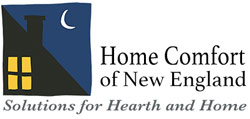
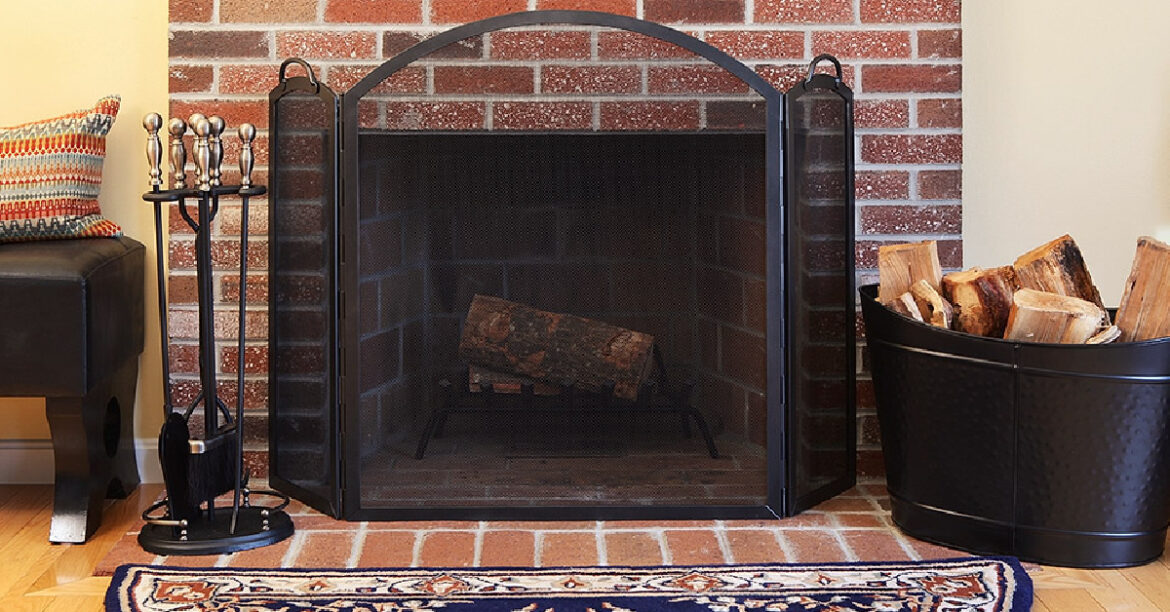 Accessories by Minuteman
Accessories by Minuteman